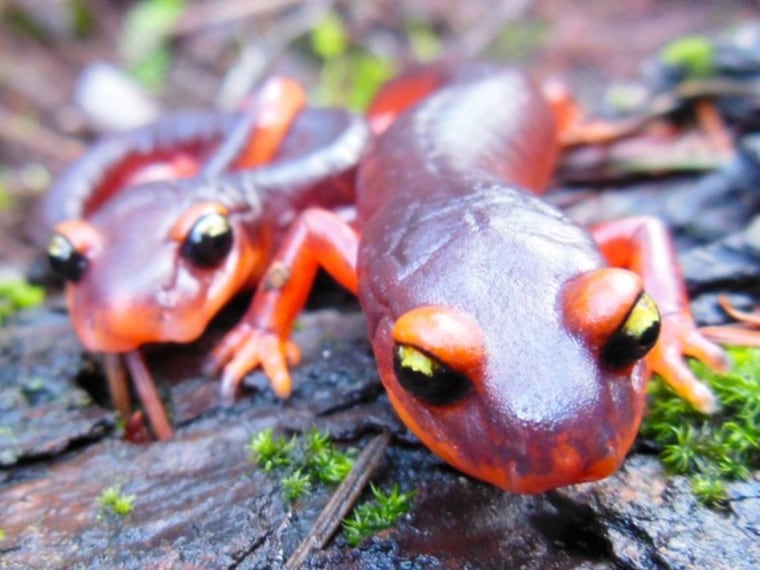Each year, thousands of live salamanders arrive in shipments on U.S. shores, a trade that must stop immediately, scientists say.
According to new research, a ban on salamander imports is crucial to stopping the spread of a deadly fungus that kills almost every salamander it infects. Batrachochytrium salamandrivorans, also known as Bsal, is a chytrid fungus, and a close relative of Batrachochytrium dendrobatidis (Bd), a frog fungus that is threatening species worldwide.
Bsal was first discovered in 2013 after fire salamanders in the Netherlands began dying in droves. Since then, the fungus has appeared in Belgium. Bsal originated in Asia, researchers have found, and spreads via the pet trade. [Album: Bizarre Frogs, Lizards and Salamanders]

It's that trade that puts North America at risk, researchers reported Thursday (July 30) in the journal Science. The continent is the global center for salamander diversity; 48 percent of all known salamander species live in North and Central America. Among these species are those most vulnerable to Bsal.
"This is the hot bed in the world for diversity of amphibians, and if that fungus gets here, it's going to be devastating," said study author Vance Vredenburg, a biologist at San Francisco State University.
Vredenburg and his colleagues are calling for the U.S. Fish and Wildlife Service (USFWS) to immediately ban live salamander imports. The agency is very concerned about the potential spread of Bsal, USFWS spokesman Laury Marshall Parramore told Live Science. However, the Lacey Act, which allows for the agency to forbid the importation and interstate transport of injurious species, does not have a provision for emergency listings, Parramore said.
"We are working with colleagues from federal and state government agencies, academic institutions, industry, and nongovernmental organizations to find innovative solutions to the problem," she said.
This is a condensed version of a report from Live Science. Read the full report. Follow Stephanie Pappas on Twitter and Google+. Follow us @livescience, Facebook & Google+.
More from Live Science
- 10 Deadly Diseases That Hopped Across Species
- Tiny & Nasty: Images of Things That Make Us Sick
- Image Gallery: Colorful Creatures of the Philippines
Copyright 2015 LiveScience, a Purch company. All rights reserved. This material may not be published, broadcast, rewritten or redistributed.
